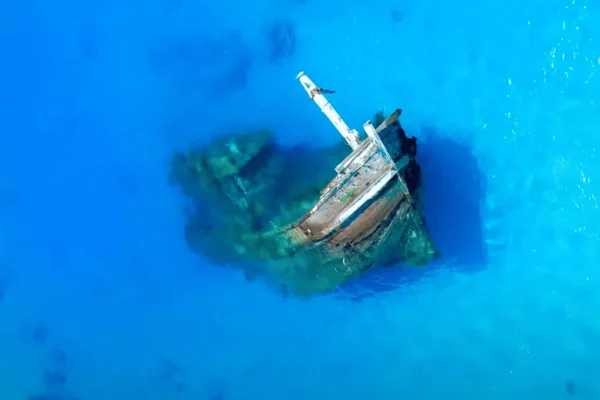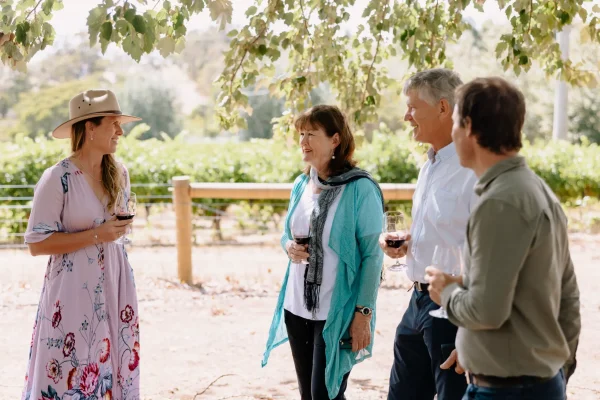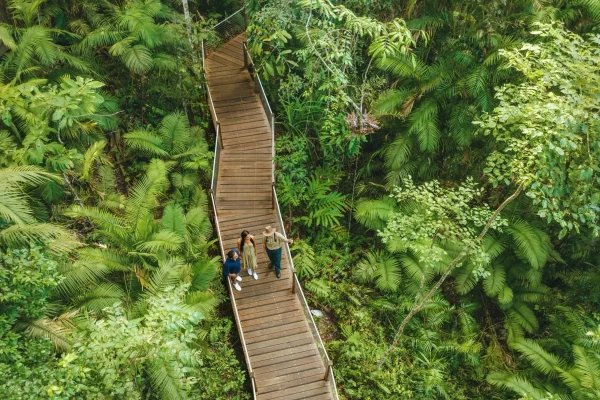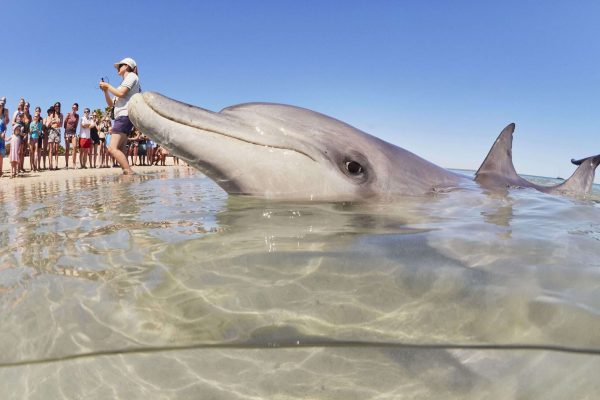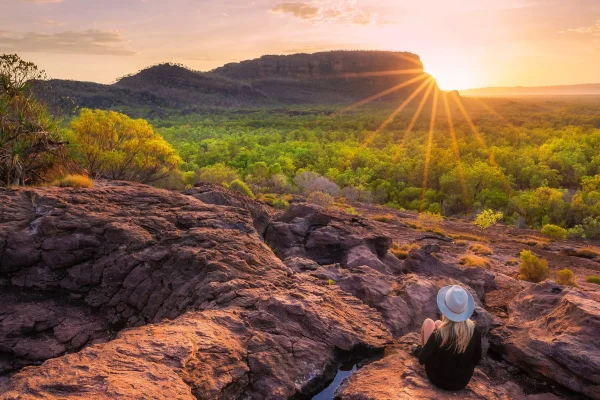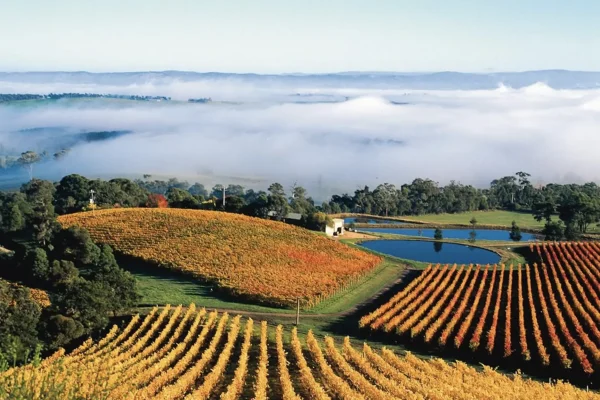Situated on the stunning Great Ocean Road, London Bridge is one of Australia’s most beautiful natural wonders. Not to be confused with the one in England, this beauty has a rugged charm and a rich history. Near Port Campbell in the famous Port Campbell National Park, tourists come from all over the world. Whether you’re driving from Apollo Bay or visiting nearby coastal hotspots like Cape Otway and Port Fairy, London Bridge has views, history and a memory to take home.
A History of Erosion and Beauty
London Bridge’s history is as fascinating as its landscape. Originally there were two big arches, joining the formation to the mainland. It looked like London’s Tower Bridge, hence the name. This natural bridge was carved out over thousands of years by the relentless forces of wind and water from the Southern Ocean, which still shapes the coastline.
January 15, 1990, the unthinkable happened, the main arch closest to the mainland collapsed, leaving two tourists stranded on the isolated section. Luckily no one was hurt and they were rescued by helicopter. The event changed the formation into what’s now called London Arch, a reminder that everything on our planet is impermanent and changing. It no longer connects to the mainland, but its shape remains a testament to natural erosion.
The site is on the Eastern Maar and Gunditjmara country. Their ancestral lands.gewater. Their ancestral connection to this place.
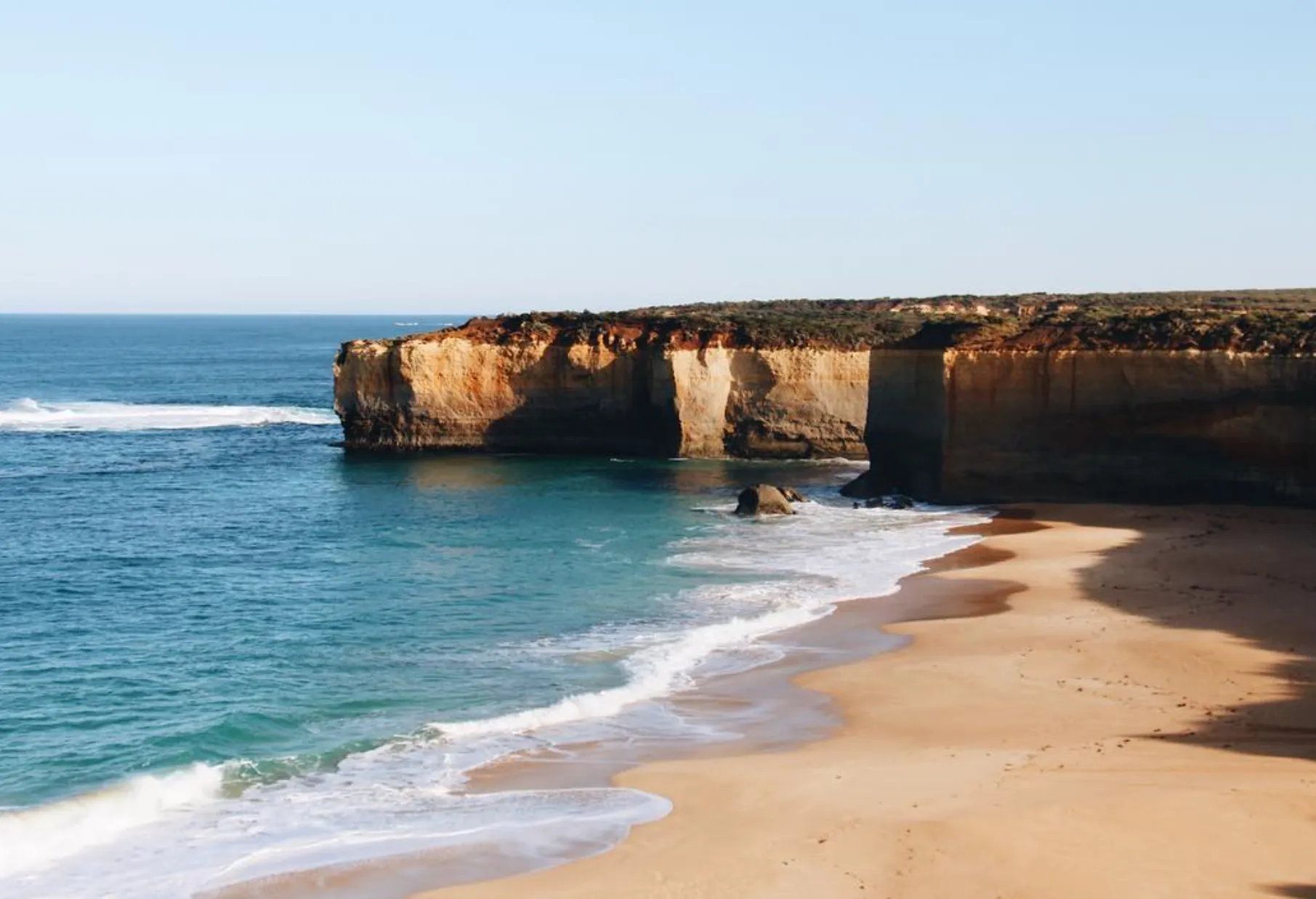
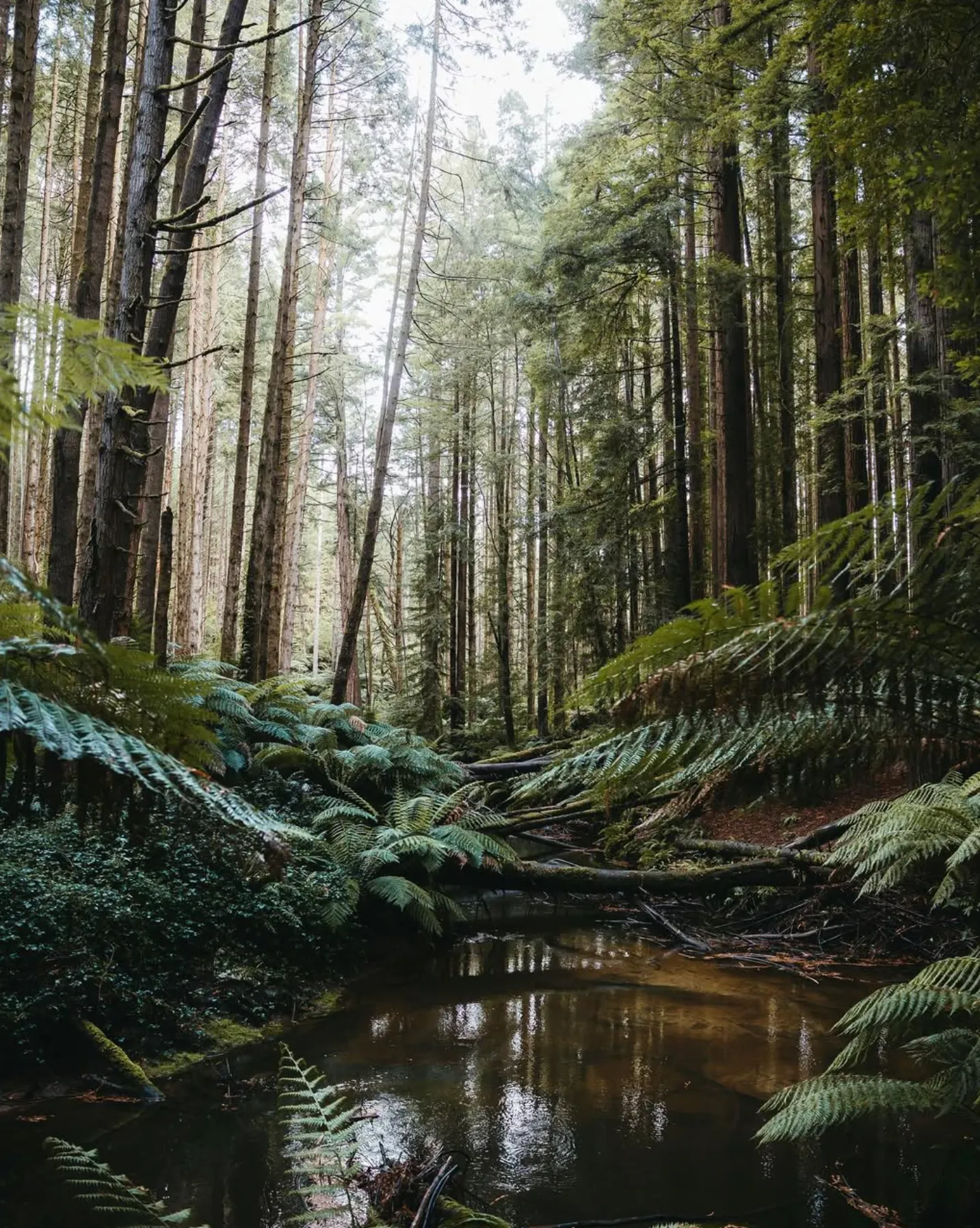
Coastal Wildlife Haven
London Bridge and the surrounding area is full of native wildlife and vegetation. The cliffs and coastal cliffs are a nesting ground for seabirds, seals can be found basking on the rocks below and during whale migration seasons the Bass Strait is a great place to spot these gentle giants. Inland the vegetation and ancient rainforests like the Beech Forest and redwood forest are home to ferns, kangaroos and even echidnas, it’s a biodiversity hot spot.
Views to Remember
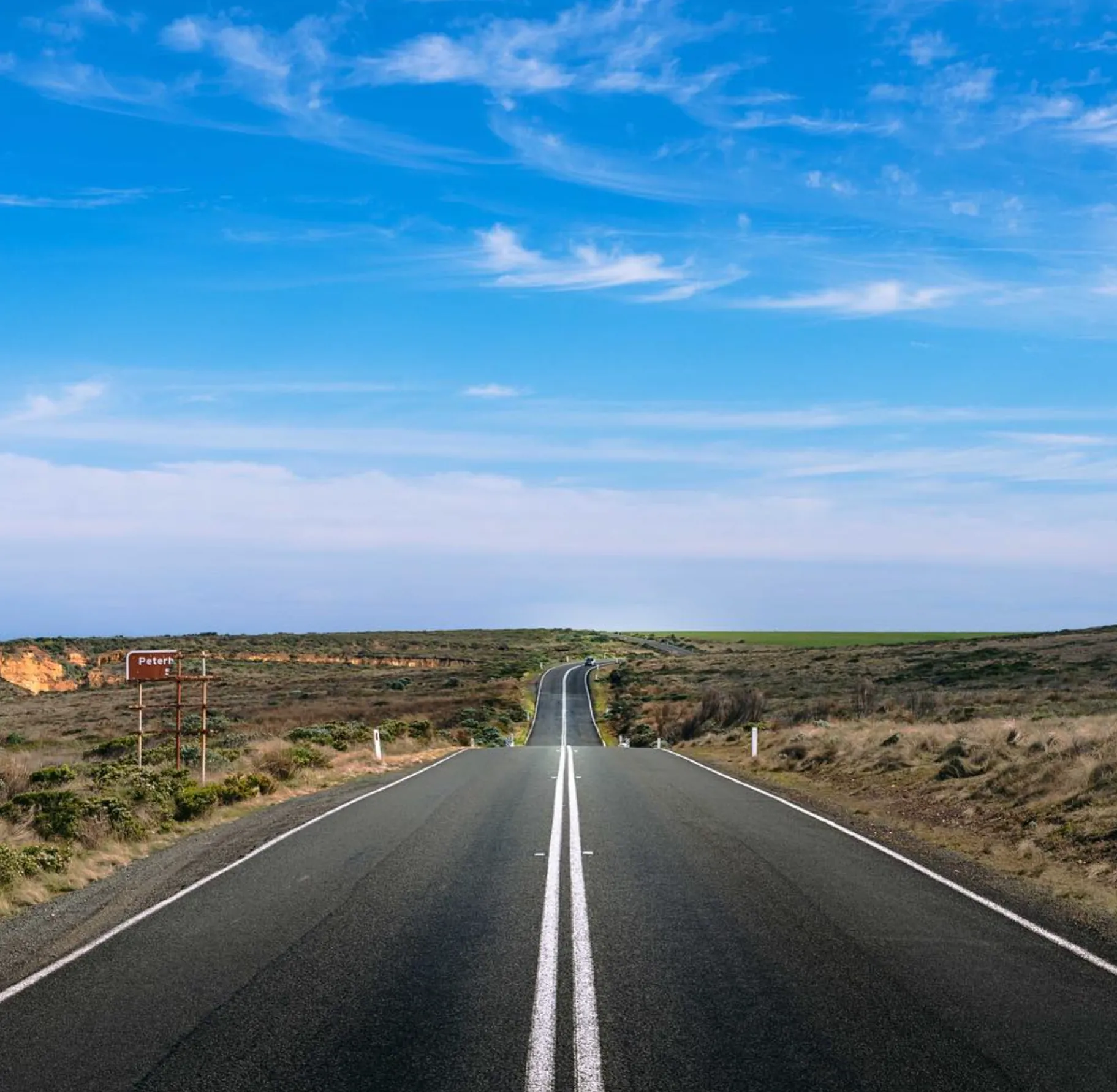
Directions and Travel Tips
London Bridge is 15 minutes west of Port Campbell along the Great Ocean Road. If you’re coming from Apollo Bay it’s an hour through winding roads, passing through the coastal villages of Kennett River and Wye River. If you’re coming from Melbourne it’s 3 1/2 hours and you can stop at Lavers Hill and Blanket Bay along the way. The journey is part of the fun, especially if you’re on a Great Ocean Road tour, with plenty of opportunities to take in the views of the coastline.
Best Seasons to Visit
The best time to visit London Bridge depends on what you want to do. If you want warm weather and long days summer (December to February) is the best time. This is the time to hit the nearby beaches, explore the natural wonders and soak up the coastal vibe. But summer is also the busiest time so expect bigger crowds at the viewing platforms.
Spring (September to November) and autumn (March to May) are milder and less busy, perfect for those who want to take it easy. Wildlife enthusiasts should visit in winter (June to August) for the whale migration season.
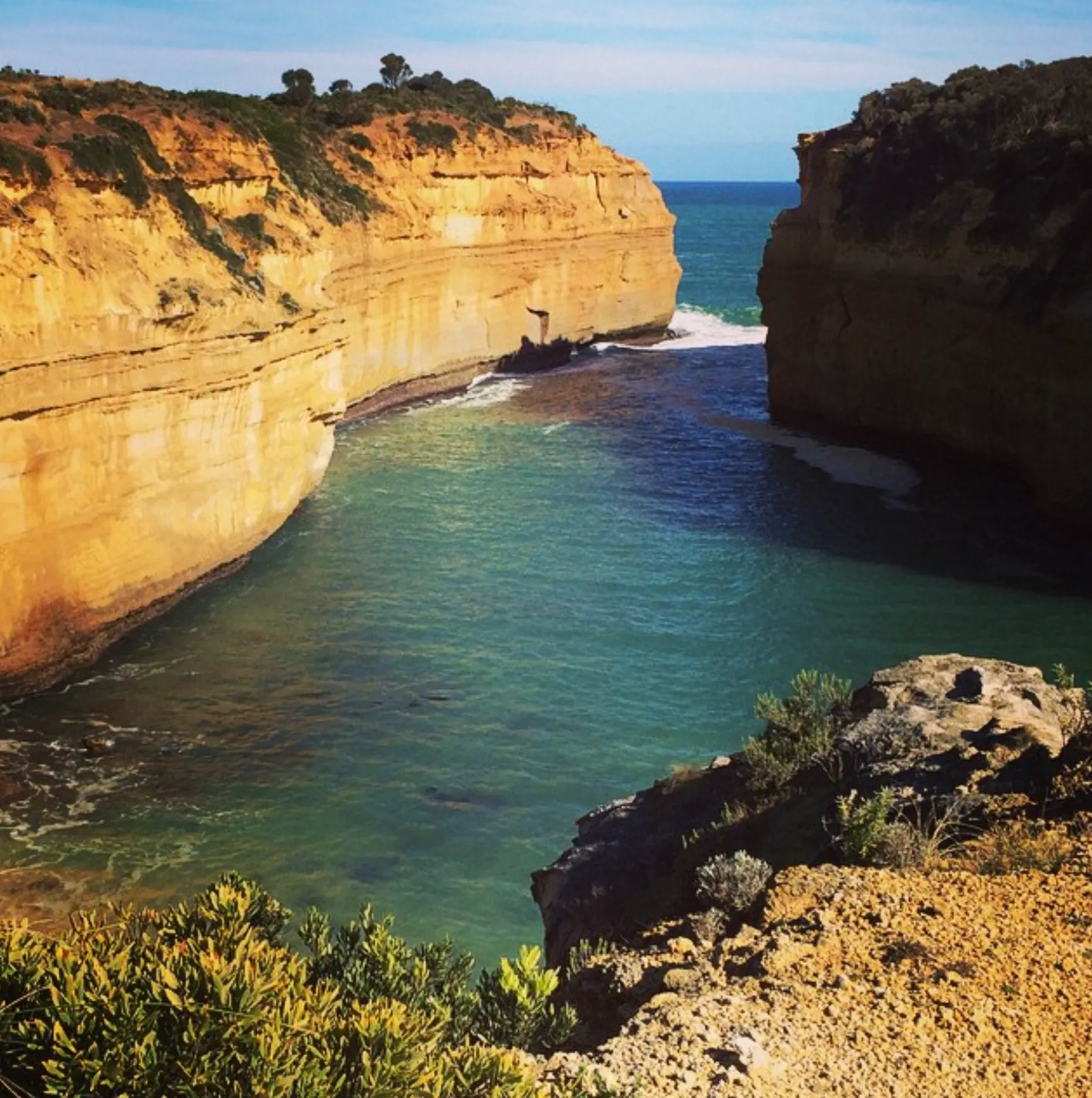
FAQ
How did London Bridge get its name?
London Bridge was named because of its resemblance to Tower Bridge in London. The name was given as a nod to the famous icon, but its collapse in 1990 created an Australian natural wonder.
Can you walk on London Bridge?
No, after the 1990 collapse the remaining limestone structure is not accessible for safety reasons. But you can view it from the designated viewing platforms.
What wildlife?
You can see seabirds, seals and sometimes whales during migration. The surrounding rainforests and cliff tops are also home to kangaroos and echidnas.
What’s nearby?
Nearby are the 12 Apostles, Gibson Steps, The Grotto and Tower Hill Wildlife Reserve. Each has its own unique experience, from coastal views to wildlife encounters.
Is London Bridge in Port Campbell National Park?
Yes, London Bridge is in Port Campbell National Park which is famous for its natural wonders, coastal cliffs and biodiversity.


